Real estate investments remain one of the most popular ways to preserve and grow capital. However, with the increasing interest in this asset, numerous rumors arise, misleading novice investors and hindering them from making informed decisions. The real estate market is a complex, multi-level mechanism that requires deep understanding and precise analysis. It is important not only to hear about real estate investments but also to separate truth from myths that traditionally surround this topic.
Myth 1: Real estate investments always bring passive income
On advertising posters, everything looks simple: “Buy an apartment in Dubai Marina — get 10% annual return.” However, behind these numbers, there are many variables. Renting out property — especially short-term rental — requires constant management: bookings, check-ins, cleaning, changing linens, handling complaints, updating photos on platforms, etc.
Even when management is handed over to a professional company, expenses amount to 20% to 30% of gross income. This is the standard rate for management companies in areas like Downtown, Palm Jumeirah, and Business Bay. In the case of long-term rentals, the task is simpler, but there is still a responsibility for technical maintenance, EJARI registration (RERA tenancy contract), annual inspections, and monitoring utility payments.
The actual net yield after all deductions rarely exceeds 5–6% annually if the property is managed properly. In less favorable areas like International City or Dubai Land, it can drop to 2.5–3%, especially during vacancies. Thus, myths about real estate investments claiming that income is guaranteed and passive do not withstand factual scrutiny.
Myth 2: The real estate market always grows
The Dubai market is subject to strong cyclical fluctuations. For example, after the rapid growth of 2011–2014, prices plummeted by almost 30% by 2019. The 2020 pandemic crashed the short-term rental market by 40%, particularly affecting owners of tourist apartments in JBR and Marina.
From 2022 to 2024, the market entered a growth phase again, mainly due to capital inflows from CIS countries, India, China, and Europe. However, the Dubai Land Department (DLD) notes stabilization: since the beginning of 2025, price growth rates have slowed down. Specifically, apartments in JVC and Dubai Hills only increased by 2–3% in the first half of the year — which is already below inflation.
Property prices depend on dozens of factors: new competition in the area, project completion timelines, political situations in capital donor countries (e.g., sanctions, currency restrictions), global loan rates. Therefore, the assertion that real estate in Dubai always appreciates is not only inaccurate but also risky as an investment strategy.
Myth 3: Real estate is the most reliable investment asset
In terms of legal stability, yes, Dubai is considered one of the safest jurisdictions. The Freehold Law for foreigners has been in effect since 2002 and has not been restricted. However, this does not mean that real estate is a guarantee of capital preservation.
Firstly, liquidity in Dubai is low: on average, selling a flat takes 60 to 120 days, and in the case of villas, up to 6 months. Especially if the property is in less popular areas like Sports City, Remraam, or Arjan.
Secondly, the risks of rising expenses are high. The owner pays an annual service charge — a fee for home maintenance. On average, it ranges from 14 to 25 dirhams per square meter per year, but in premium projects on the Palm, it can reach 60–90 dirhams. For an 80 sqm apartment, this amounts to 6,000–7,500 dirhams per year.
Thirdly, tenant losses are possible. The emirate is highly dependent on the expat sector. If there are layoffs in companies, an outflow of foreigners, or political restrictions, apartments can remain vacant for months. Therefore, myths about real estate investments claiming absolute reliability need careful risk assessment and comparison with alternatives.
Myth 4: Large sums of money are needed for real estate investments
This statement is outdated. Access to Dubai real estate is possible starting from AED 450,000–600,000 (approximately $120,000–160,000). In projects like MAG 330, Azizi Riviera, Binghatti Luna, studios start from AED 500,000 with installment options.
Additionally, there is the format of fractional ownership — buying a share in income-generating real estate. For example, in projects by companies like Stake, SmartCrowd, Eqarat, you can invest from AED 5,000 ($1,400) and receive returns from renting out properties proportionally to your share. These platforms are licensed by the DFSA (Dubai Financial Services Authority), ensuring transparency.
Another format is lease-to-own: you rent a property with the right to purchase it in 5–10 years. This reduces the initial burden, allowing entry into the market without a mortgage. Debunking myths about real estate investments, it is important to note that the market does not limit choices to large sums and opens up accessibility to a wide range of investors.
Myth 5: Investments do not require special knowledge
On paper, everything seems simple: the developer delivers the property, the management company rents it out, and you receive money. But the reality is different. You need to:
choose a project with transparent documentation;
check the developer in the RERA database;
read the SPA (Sales Purchase Agreement) contract and understand penalties for delays;
evaluate the location’s prospects: for example, JVC is an overheated market, while Dubai Creek Harbour is just entering a growth phase;
analyze profitability not just from brochures but also from real reviews, rental history, and price dynamics in the area.
Otherwise, you may overpay for illiquid assets, receive a reduced rental rate, or face project delays (a common occurrence even with major developers). Myths about real estate investments claiming ease and simplicity overlook the critical need for expertise and planning, which are key to successful investments.
Main aspects that debunk misconceptions
Rethinking myths about real estate investments:
- Asset management requires effort and expenses. It involves ongoing maintenance, tenant interactions, financial control, and legal aspects.
- Property prices are subject to fluctuations. Economic crises and market changes affect property values.
- Real estate is less liquid than financial instruments. Selling can be prolonged, especially in an unstable economy.
- Access to investments is possible with varying capital. Different formats and tools lower the entry threshold.
- Knowledge and analysis are critically important. Anticipating trends and assessing risks can increase profitability.
Conclusion
The modern real estate market does not tolerate cookie-cutter approaches and oversimplifications. Myths about real estate investments, often repeated without deep understanding, distort perception and lead to ill-considered decisions. Effective investments are based on knowledge, careful planning, consideration of economic realities, and readiness for asset management. Numbers, statistics, and specific examples show that real estate investments are a dynamic process that requires a balanced approach, not passive waiting.


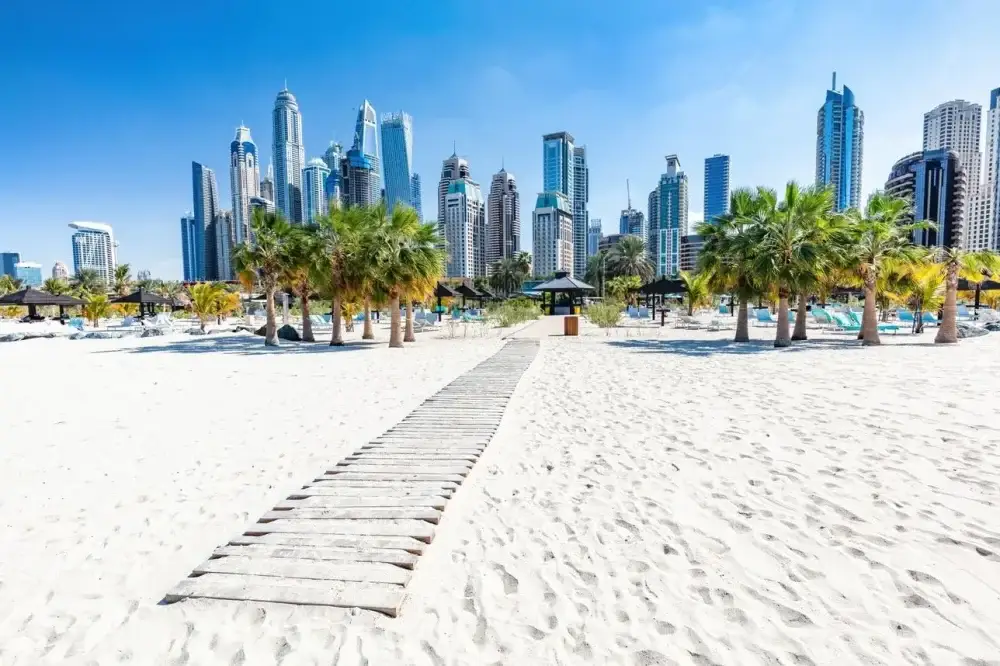
 Citizenship by naturalization is formed in stages, starting with the registration of resident status and ending with the final oath. A foreigner receives a residence permit, after which he lives for the period prescribed by law. At this stage, it is important to follow the rules of stay — do not violate the visa regime, renew documents annually, and avoid leaving the country for a long time.
Citizenship by naturalization is formed in stages, starting with the registration of resident status and ending with the final oath. A foreigner receives a residence permit, after which he lives for the period prescribed by law. At this stage, it is important to follow the rules of stay — do not violate the visa regime, renew documents annually, and avoid leaving the country for a long time. Citizenship by naturalization opens up a horizon of opportunities: free movement, access to healthcare, education, and property rights. Behind this status lies a long journey that begins with visas, followed by residence permits and permanent residency. Those who complete this journey not only receive a passport but also fully integrate into society. Alternatively, investing in real estate can expedite the process, but it does not replace the need for deep adaptation.
Citizenship by naturalization opens up a horizon of opportunities: free movement, access to healthcare, education, and property rights. Behind this status lies a long journey that begins with visas, followed by residence permits and permanent residency. Those who complete this journey not only receive a passport but also fully integrate into society. Alternatively, investing in real estate can expedite the process, but it does not replace the need for deep adaptation.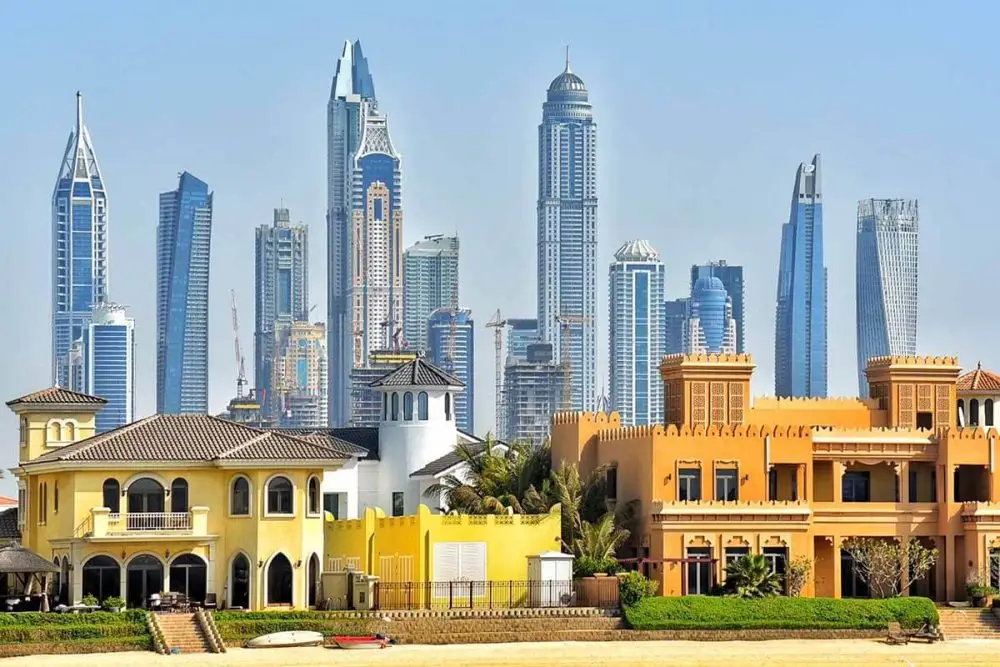
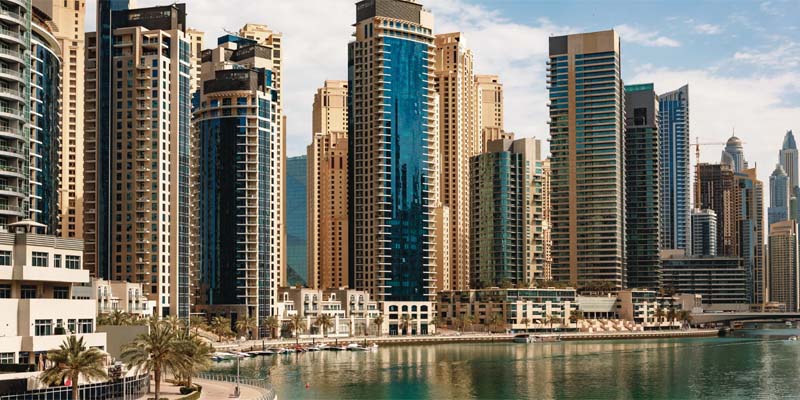 Diversification of investments has long been a standard of capital management. Placing funds in foreign commercial property reduces dependence on one economy and expands the geography of income. Investing money in different currency zones helps to fix financial stability regardless of local crises.
Diversification of investments has long been a standard of capital management. Placing funds in foreign commercial property reduces dependence on one economy and expands the geography of income. Investing money in different currency zones helps to fix financial stability regardless of local crises.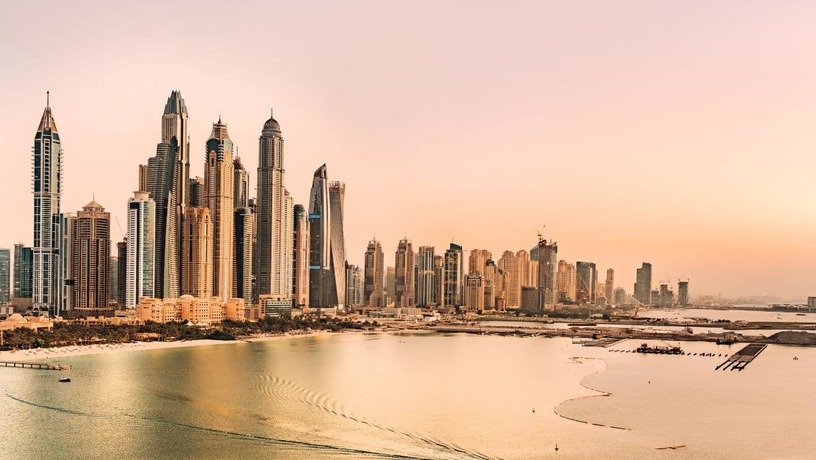 The benefits of investing in overseas commercial property go far beyond financial gain. It is a tool of global diversification, a tool of capital protection and at the same time a chance to fix your participation in the dynamic and growing economies of the world. Dubai, Greece and Cyprus are just the tip of the iceberg of opportunities. The right choice of strategy and target opens access to sustainable income, asset growth and financial freedom in a changing world.
The benefits of investing in overseas commercial property go far beyond financial gain. It is a tool of global diversification, a tool of capital protection and at the same time a chance to fix your participation in the dynamic and growing economies of the world. Dubai, Greece and Cyprus are just the tip of the iceberg of opportunities. The right choice of strategy and target opens access to sustainable income, asset growth and financial freedom in a changing world.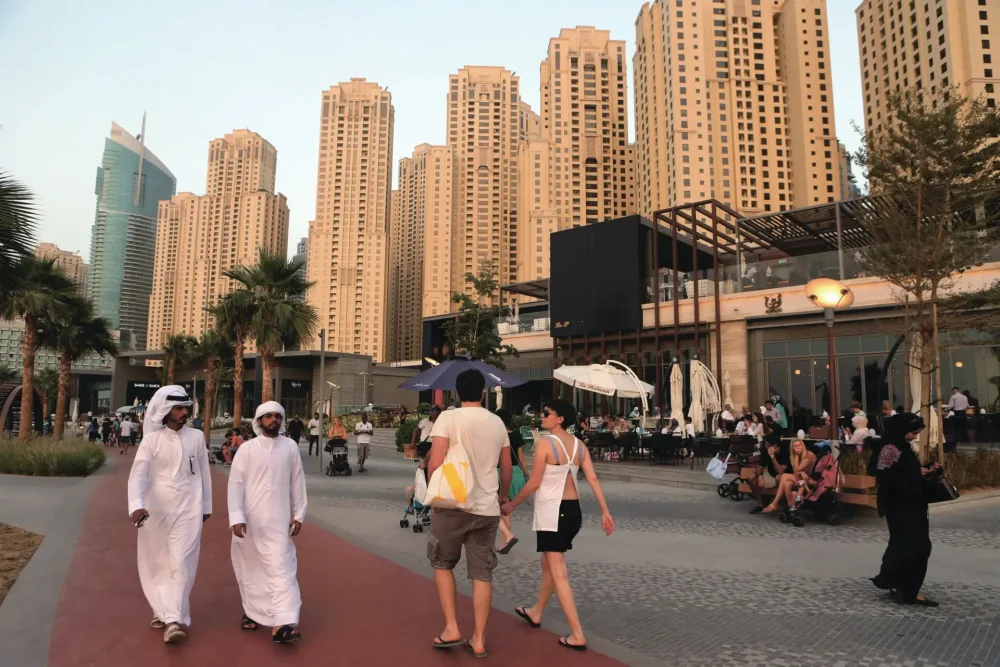
 Moving to the UAE for permanent residence from Russia requires a long-term visa. Despite the lack of classic status, the country offers several options for a long-term stay.
Moving to the UAE for permanent residence from Russia requires a long-term visa. Despite the lack of classic status, the country offers several options for a long-term stay.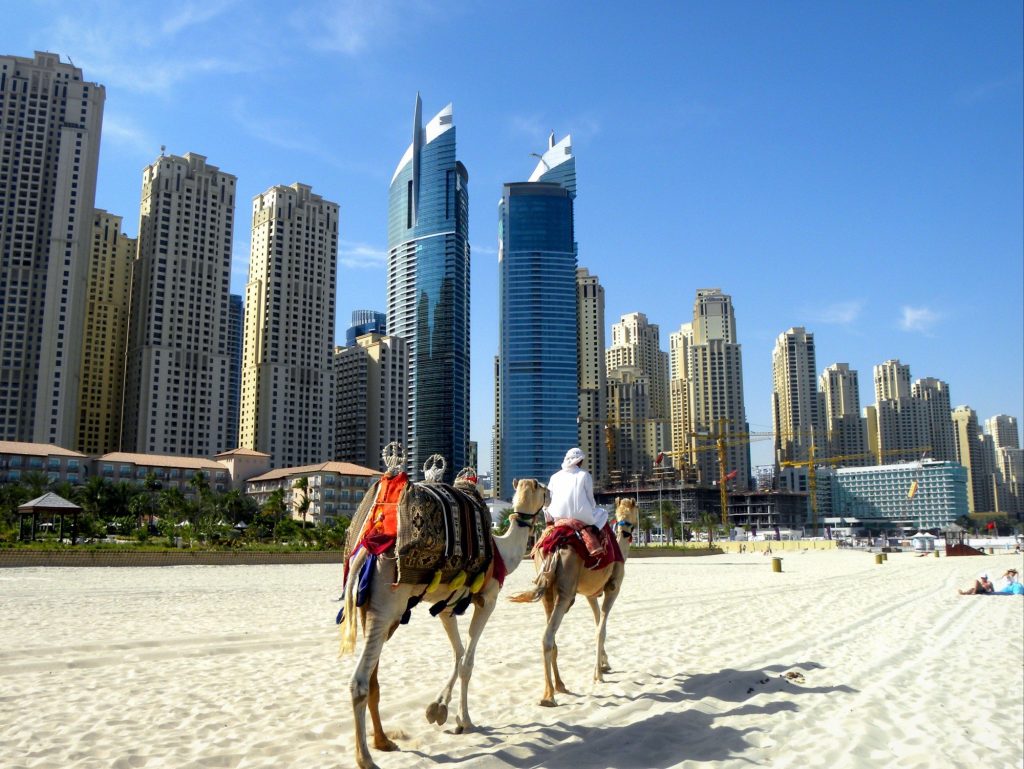 Moving to the UAE for permanent residence from Russia opens up opportunities for career growth, financial stability and a high standard of living for Russians. It is necessary to take into account the peculiarities of living in the country, cultural differences and the requirements of visa programmes. The Emirates are ready to offer a unique experience combining modernity and tradition, but the success of adaptation depends on careful preparation and the choice of a suitable region.
Moving to the UAE for permanent residence from Russia opens up opportunities for career growth, financial stability and a high standard of living for Russians. It is necessary to take into account the peculiarities of living in the country, cultural differences and the requirements of visa programmes. The Emirates are ready to offer a unique experience combining modernity and tradition, but the success of adaptation depends on careful preparation and the choice of a suitable region.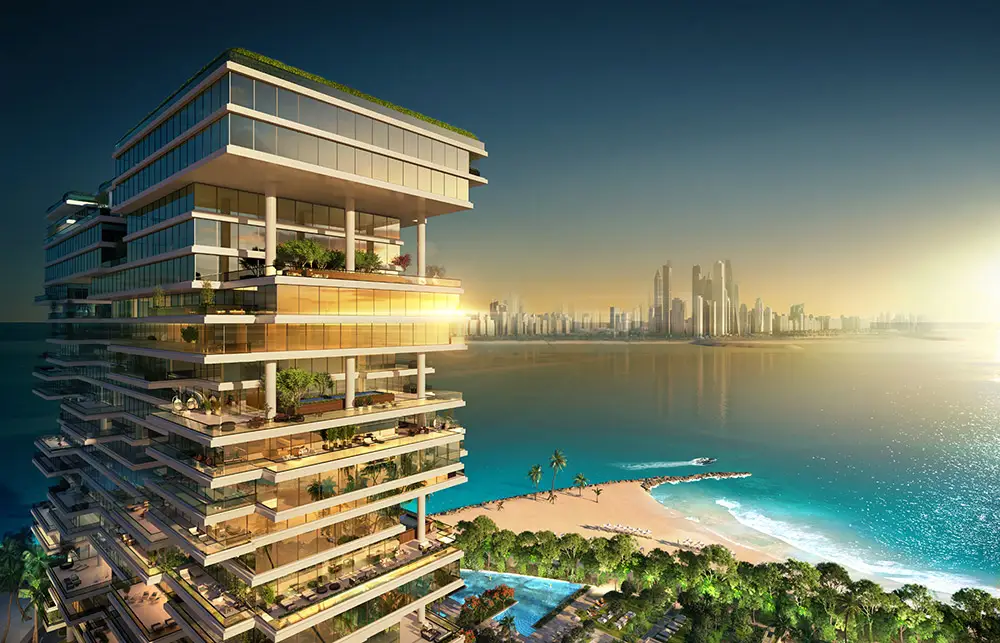
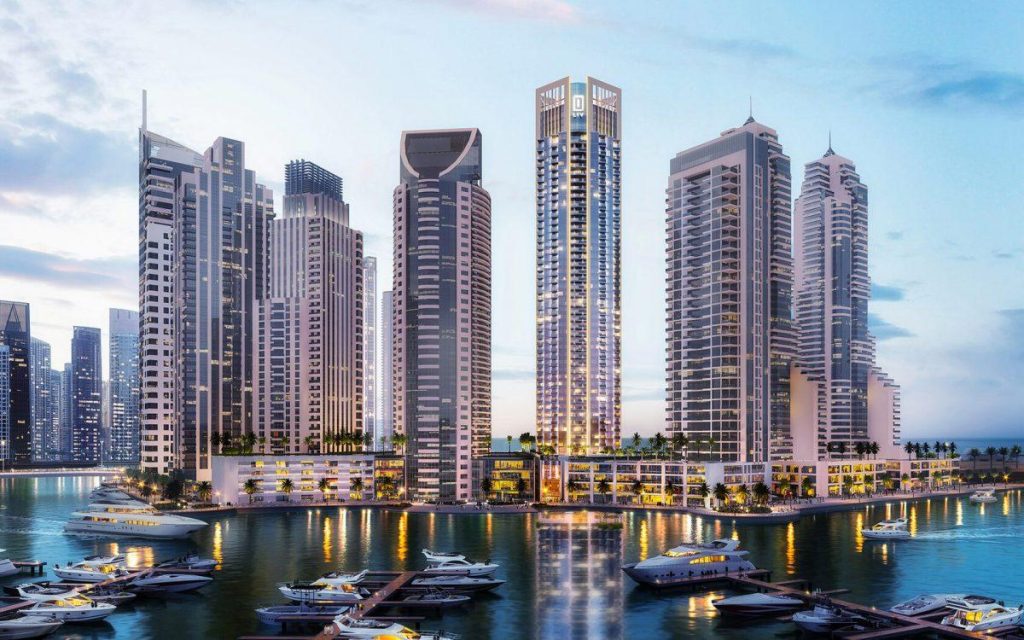 There are several neighbourhoods in the city that show the highest yields and attract the attention of experienced investors.
There are several neighbourhoods in the city that show the highest yields and attract the attention of experienced investors.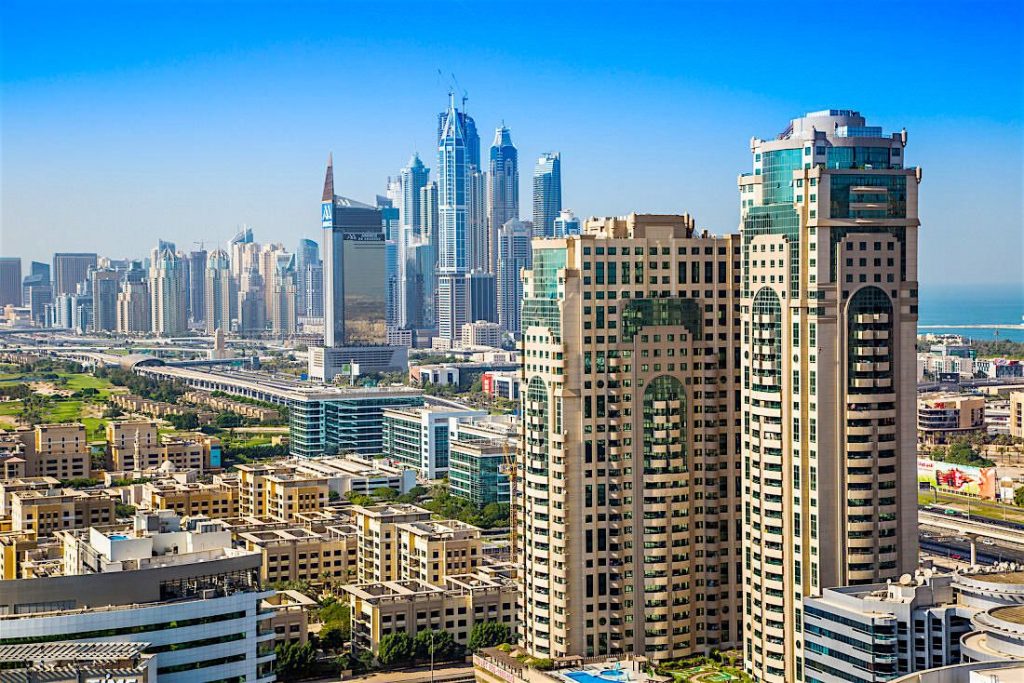 Investing in property in Dubai’s up-and-coming neighbourhoods is a reliable way to grow your capital, create passive income and secure your future. The city of the future offers a wide range of locations, each with unique advantages. From luxury villas in Palm Jumeirah to vibrant apartments in Downtown Dubai, every investor can find the perfect property for their goals.
Investing in property in Dubai’s up-and-coming neighbourhoods is a reliable way to grow your capital, create passive income and secure your future. The city of the future offers a wide range of locations, each with unique advantages. From luxury villas in Palm Jumeirah to vibrant apartments in Downtown Dubai, every investor can find the perfect property for their goals.
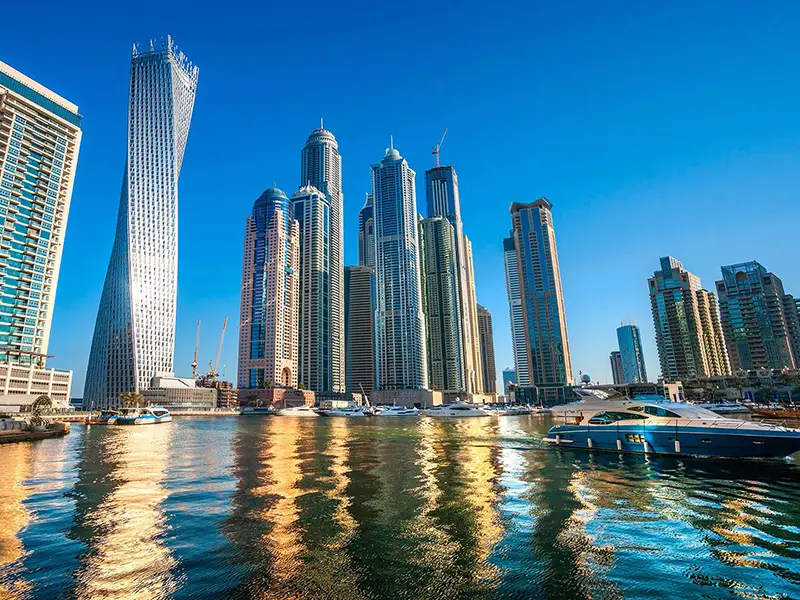 Dubai Marina is a unique blend of comfort and upscale lifestyle. The Marina Walk promenade has a charming atmosphere, with stylish cafes, high-end restaurants and boutique brands set amidst palm trees and bright lights. The neighbourhood’s appeal is enhanced by modern residential complexes offering apartments with high ceilings and panoramic windows, creating a sense of spaciousness and proximity to nature. The location is often the choice of expats and tourists due to its developed infrastructure, access to yacht clubs and proximity to key business areas. There is a constant demand for luxury property rentals due to the unique location and high level of service that make Dubai Marina one of Dubai’s top gems.
Dubai Marina is a unique blend of comfort and upscale lifestyle. The Marina Walk promenade has a charming atmosphere, with stylish cafes, high-end restaurants and boutique brands set amidst palm trees and bright lights. The neighbourhood’s appeal is enhanced by modern residential complexes offering apartments with high ceilings and panoramic windows, creating a sense of spaciousness and proximity to nature. The location is often the choice of expats and tourists due to its developed infrastructure, access to yacht clubs and proximity to key business areas. There is a constant demand for luxury property rentals due to the unique location and high level of service that make Dubai Marina one of Dubai’s top gems. Luxury property in Dubai offers unique opportunities for those looking for a secure investment and a high standard of living. Stable price growth, rental yields of up to 10% and well-developed infrastructure make this market one of the most attractive in the world.
Luxury property in Dubai offers unique opportunities for those looking for a secure investment and a high standard of living. Stable price growth, rental yields of up to 10% and well-developed infrastructure make this market one of the most attractive in the world.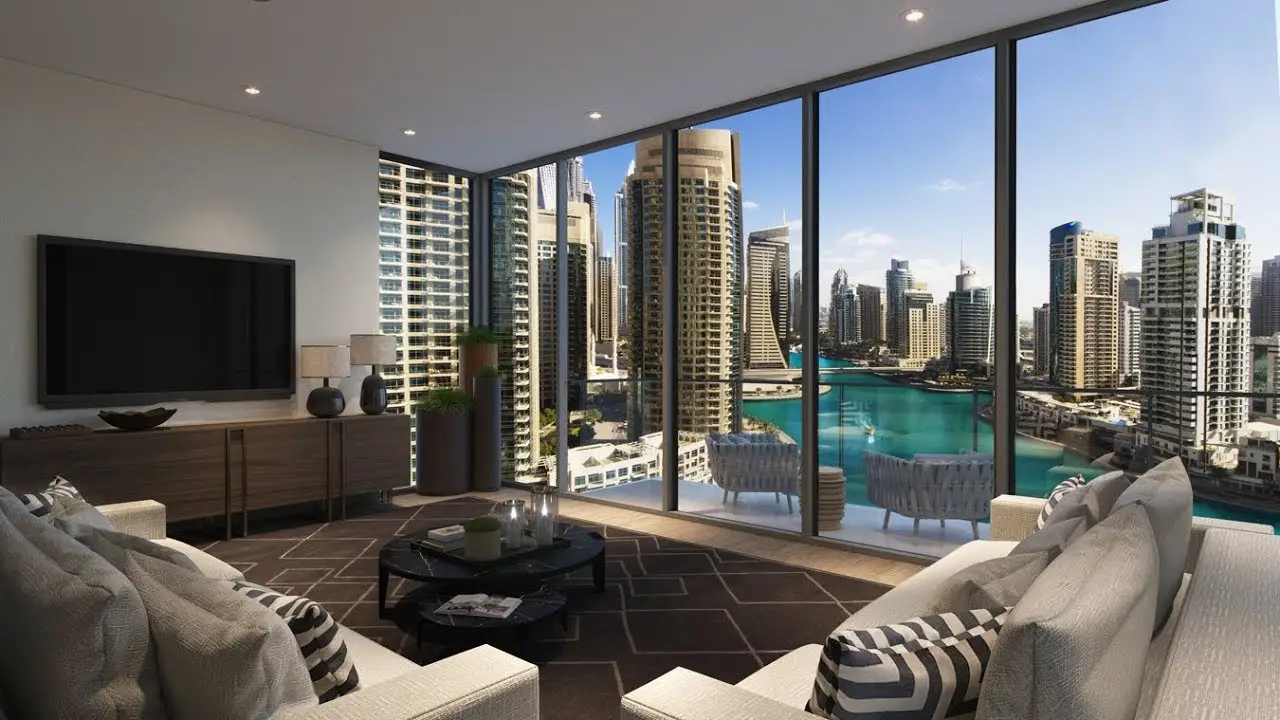
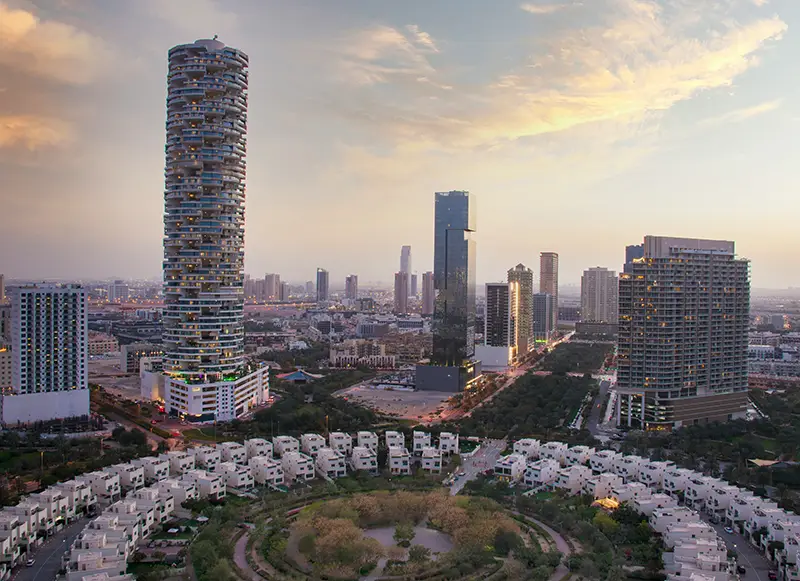 The cost of property depends on many factors: neighbourhood, type of building, view from the window, infrastructure nearby. For example, in prestigious parts of the city, such as Downtown or Dubai Marina, prices are higher due to proximity to major attractions and status. In less popular neighbourhoods such as JVC, the cost will be lower, making them a good option for those looking for comfort at a reasonable price.
The cost of property depends on many factors: neighbourhood, type of building, view from the window, infrastructure nearby. For example, in prestigious parts of the city, such as Downtown or Dubai Marina, prices are higher due to proximity to major attractions and status. In less popular neighbourhoods such as JVC, the cost will be lower, making them a good option for those looking for comfort at a reasonable price.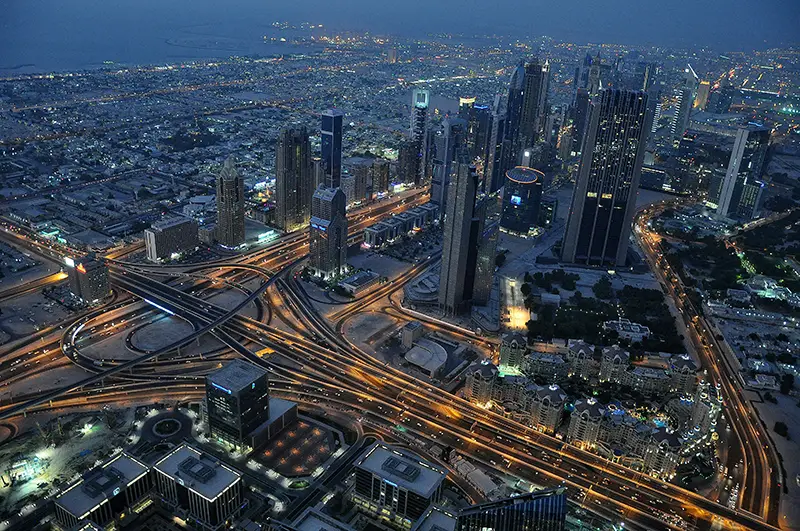 Buying residential property in the city of contrasts is a profitable investment that combines a high level of comfort, prestige and prospects for growth in the value of the object. In order to buy a flat in Dubai and do it safely, it is important to follow a step-by-step process, take into account legal aspects and choose the neighbourhood carefully. The city offers unique opportunities for living and investment.
Buying residential property in the city of contrasts is a profitable investment that combines a high level of comfort, prestige and prospects for growth in the value of the object. In order to buy a flat in Dubai and do it safely, it is important to follow a step-by-step process, take into account legal aspects and choose the neighbourhood carefully. The city offers unique opportunities for living and investment.
 Sharjah is a family centre that attracts with its more affordable cost of living and well-developed infrastructure for families. Flats in the UAE in Sharjah are available at prices that start from AED 500,000 for a two-bedroom. Homes here are in high demand due to the wide green spaces and the presence of world-class schools, making Sharjah an ideal choice for families who value comfort and security.
Sharjah is a family centre that attracts with its more affordable cost of living and well-developed infrastructure for families. Flats in the UAE in Sharjah are available at prices that start from AED 500,000 for a two-bedroom. Homes here are in high demand due to the wide green spaces and the presence of world-class schools, making Sharjah an ideal choice for families who value comfort and security. Buying property in the UAE is a good decision for those who like more than just Dubai. Abu Dhabi, Sharjah and Ras Al Khaimah offer excellent facilities and opportunities for every type of buyer. Whether it’s the cultural and high-tech development of Abu Dhabi, the family cosiness of Sharjah or the resort relaxation of Ras Al Khaimah, each emirate offers its own advantages. Investing in property in the UAE can be a great choice for those who value quality of life and are looking for new prospects for growth.
Buying property in the UAE is a good decision for those who like more than just Dubai. Abu Dhabi, Sharjah and Ras Al Khaimah offer excellent facilities and opportunities for every type of buyer. Whether it’s the cultural and high-tech development of Abu Dhabi, the family cosiness of Sharjah or the resort relaxation of Ras Al Khaimah, each emirate offers its own advantages. Investing in property in the UAE can be a great choice for those who value quality of life and are looking for new prospects for growth.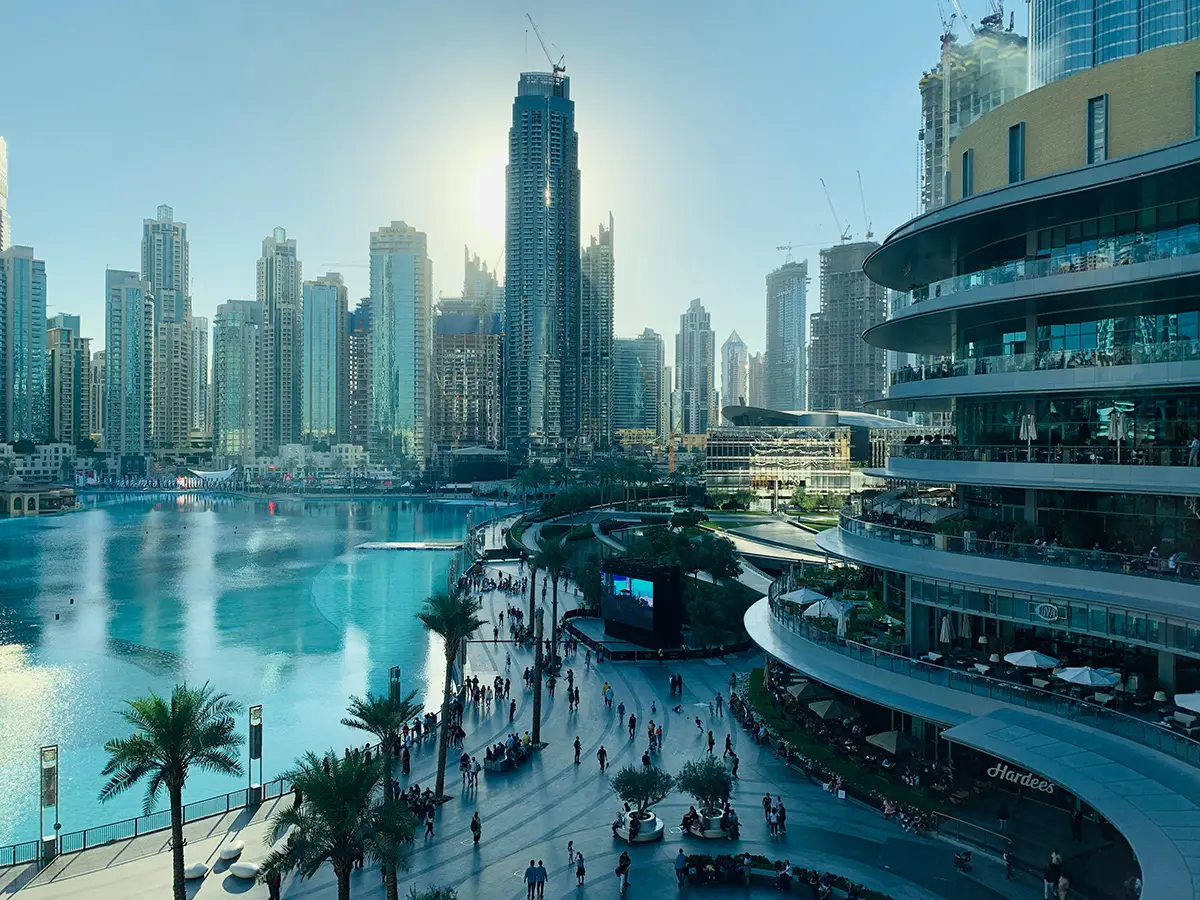
 Properties by the sea on the Gulf Coast in Dubai are impressive in terms of location and prestige. These properties offer spectacular views and a high level of liquidity. Investors not only get an income-generating asset, but also the opportunity to enjoy a view of the Gulf, which is always at a premium.
Properties by the sea on the Gulf Coast in Dubai are impressive in terms of location and prestige. These properties offer spectacular views and a high level of liquidity. Investors not only get an income-generating asset, but also the opportunity to enjoy a view of the Gulf, which is always at a premium.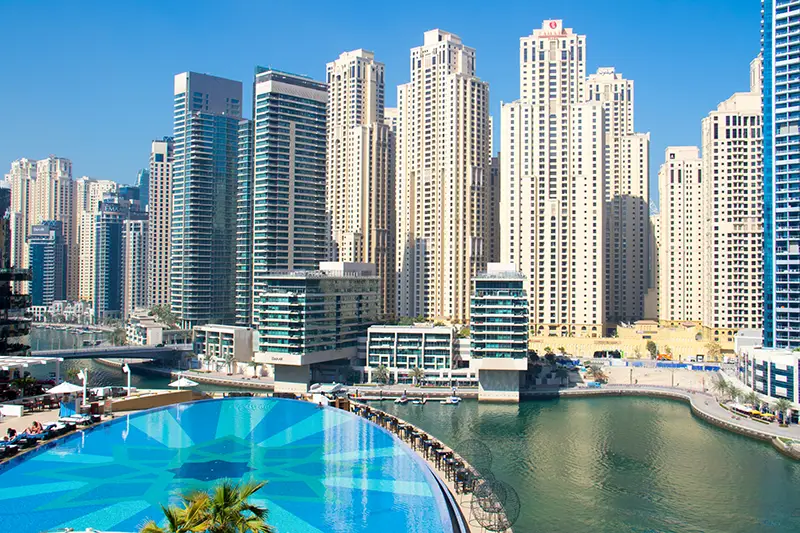 Property in Dubai is not only an asset but also an opportunity to secure a stable future for yourself. The absence of taxes, obtaining a “Golden Visa”, prestigious properties by the sea and developed infrastructure make the city ideal for long-term investments.
Property in Dubai is not only an asset but also an opportunity to secure a stable future for yourself. The absence of taxes, obtaining a “Golden Visa”, prestigious properties by the sea and developed infrastructure make the city ideal for long-term investments.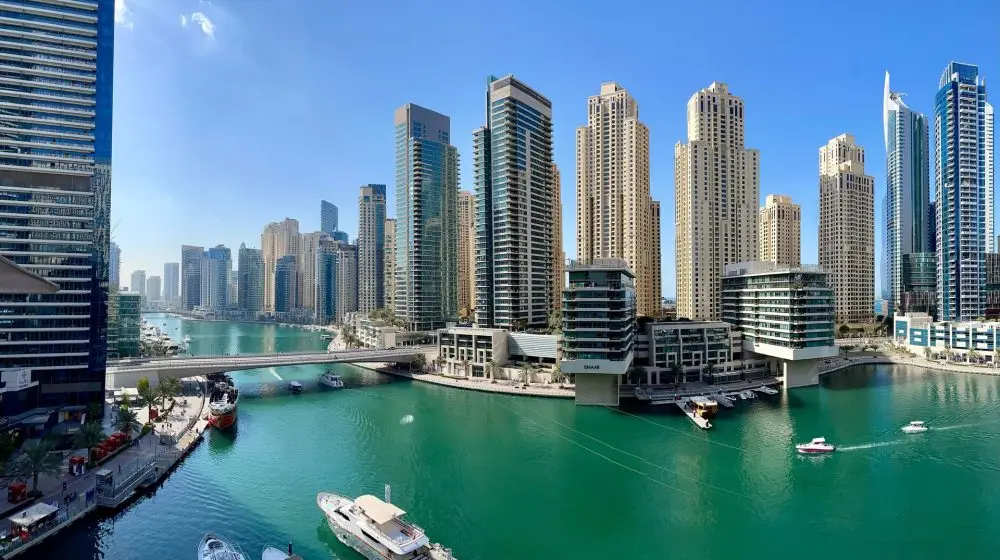
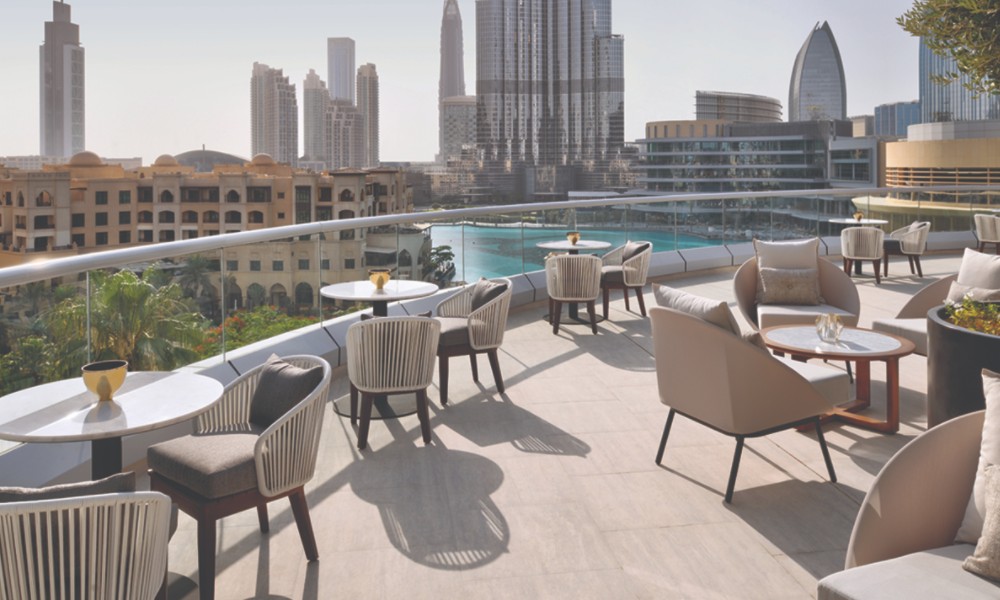 Analyse each one to make an informed decision. The Emirate has something for just about everyone.
Analyse each one to make an informed decision. The Emirate has something for just about everyone.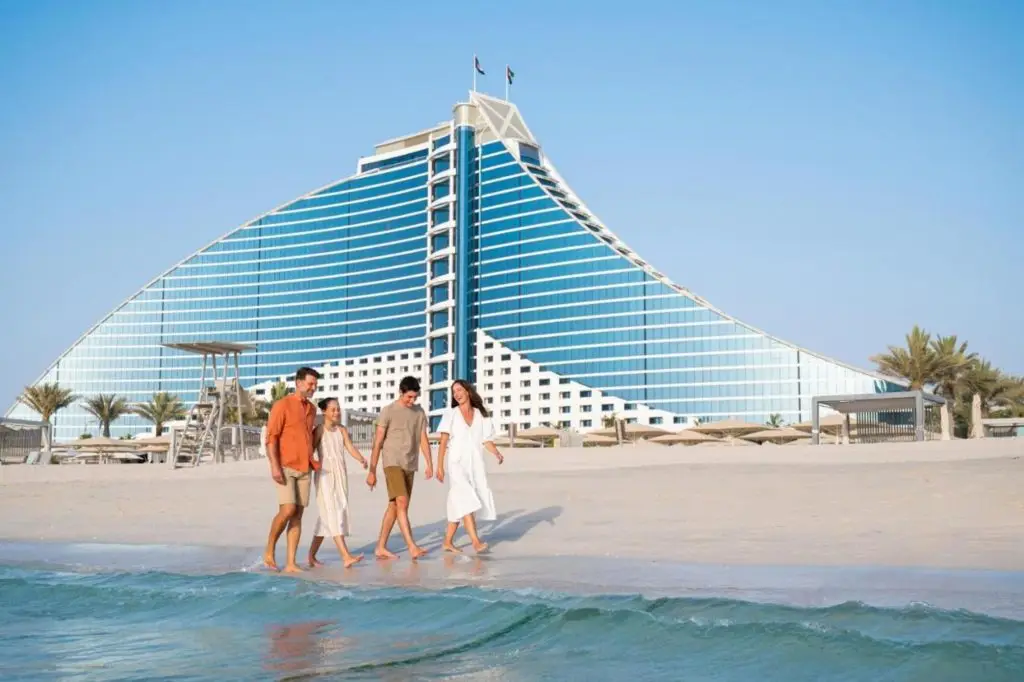 Dubai’s neighbourhoods for living vary. Marina – speed. Jumeirah – status. JVC – affordability. Downtown – energy. Each cluster hides a certain style of thinking. Successful choices are not based on emotions, but on numbers, forecasts and goals.
Dubai’s neighbourhoods for living vary. Marina – speed. Jumeirah – status. JVC – affordability. Downtown – energy. Each cluster hides a certain style of thinking. Successful choices are not based on emotions, but on numbers, forecasts and goals.
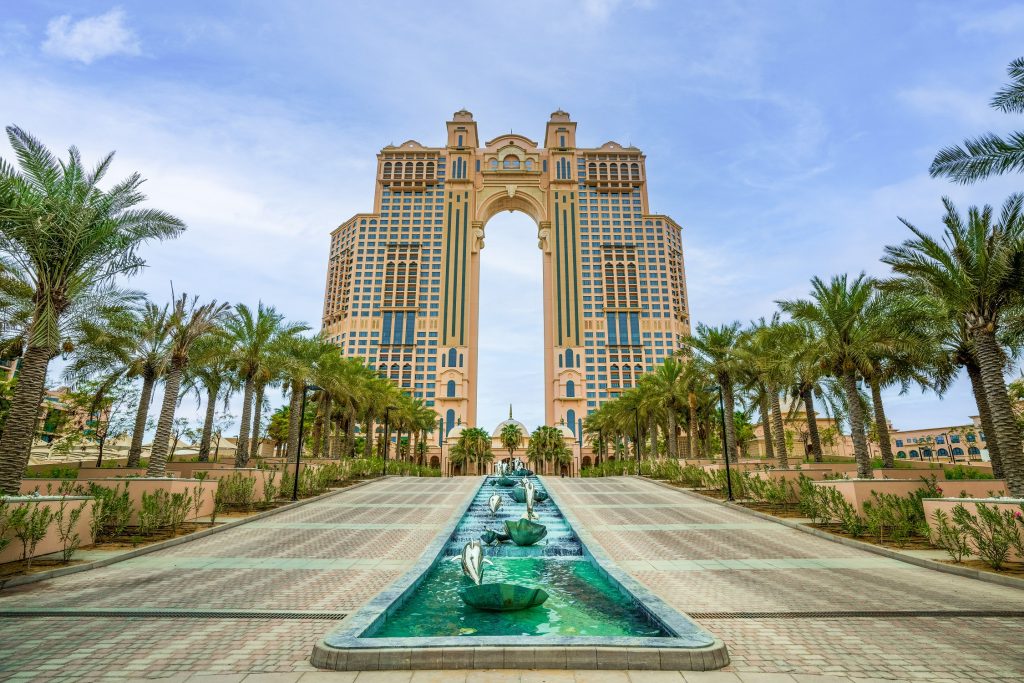 Abu Dhabi is an equally powerful player, but a quieter speaker. If Dubai is the glossy cover, Abu Dhabi is the corporate report: serious, steady, reliable. Average income per capita is higher, infrastructure less chaotic.
Abu Dhabi is an equally powerful player, but a quieter speaker. If Dubai is the glossy cover, Abu Dhabi is the corporate report: serious, steady, reliable. Average income per capita is higher, infrastructure less chaotic.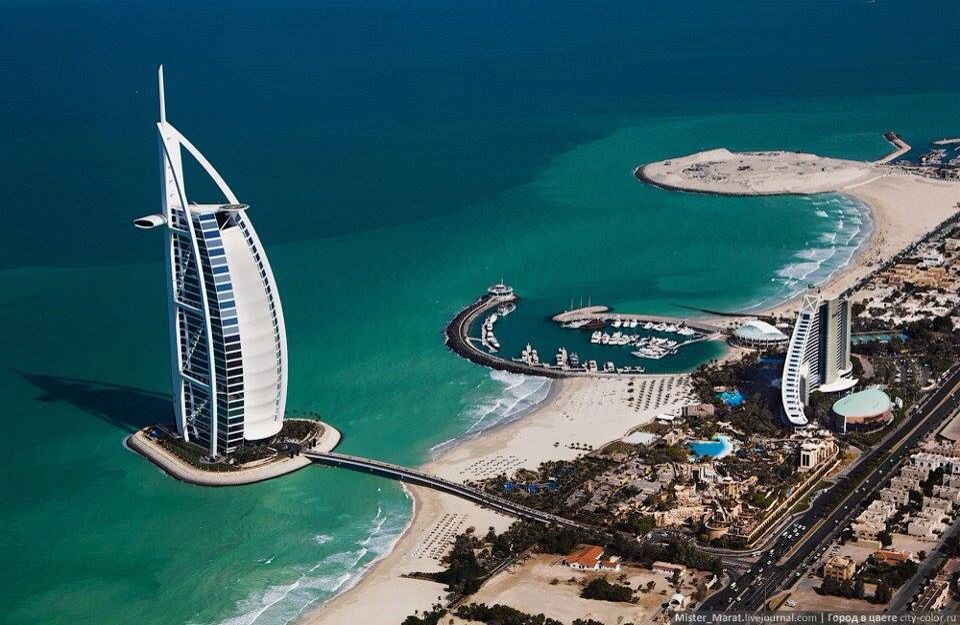 Which UAE emirate is best to live in depends on your goals. Dubai will suit those who are building a career and are ready to pay for the pace. Abu Dhabi is the choice for stable decisions. Sharjah will balance budget and quality. Ras al-Khaimah is a springboard for investment. Fujairah is a rare example of seclusion.
Which UAE emirate is best to live in depends on your goals. Dubai will suit those who are building a career and are ready to pay for the pace. Abu Dhabi is the choice for stable decisions. Sharjah will balance budget and quality. Ras al-Khaimah is a springboard for investment. Fujairah is a rare example of seclusion.
 The cost of mistakes in choosing a jurisdiction directly affects the viability of a company. In the Emirates, businesses do not make promises, but concrete processes – fast, regulated and result-oriented. Here, comfort is not promised – it is created normatively. Business in the UAE demonstrates its advantages through real mechanisms, not theoretical conveniences:
The cost of mistakes in choosing a jurisdiction directly affects the viability of a company. In the Emirates, businesses do not make promises, but concrete processes – fast, regulated and result-oriented. Here, comfort is not promised – it is created normatively. Business in the UAE demonstrates its advantages through real mechanisms, not theoretical conveniences: As our review shows, the Emirates offers significant advantages for entrepreneurs: fast company registration in free zones (e.g. FZ-LLC in a matter of days), a transparent tax environment with a threshold for zero corporate tax rate (up to ~100,000 USD), and Dubai’s strategic position with access to markets in Asia, Europe and Africa, backed by excellent logistics via Jebel Ali port. Opportunities for growth through exports to GCC countries and high profit potential in sought-after niches such as logistics, real estate or e-commerce are real here, especially with a sound digital marketing strategy.
As our review shows, the Emirates offers significant advantages for entrepreneurs: fast company registration in free zones (e.g. FZ-LLC in a matter of days), a transparent tax environment with a threshold for zero corporate tax rate (up to ~100,000 USD), and Dubai’s strategic position with access to markets in Asia, Europe and Africa, backed by excellent logistics via Jebel Ali port. Opportunities for growth through exports to GCC countries and high profit potential in sought-after niches such as logistics, real estate or e-commerce are real here, especially with a sound digital marketing strategy.





